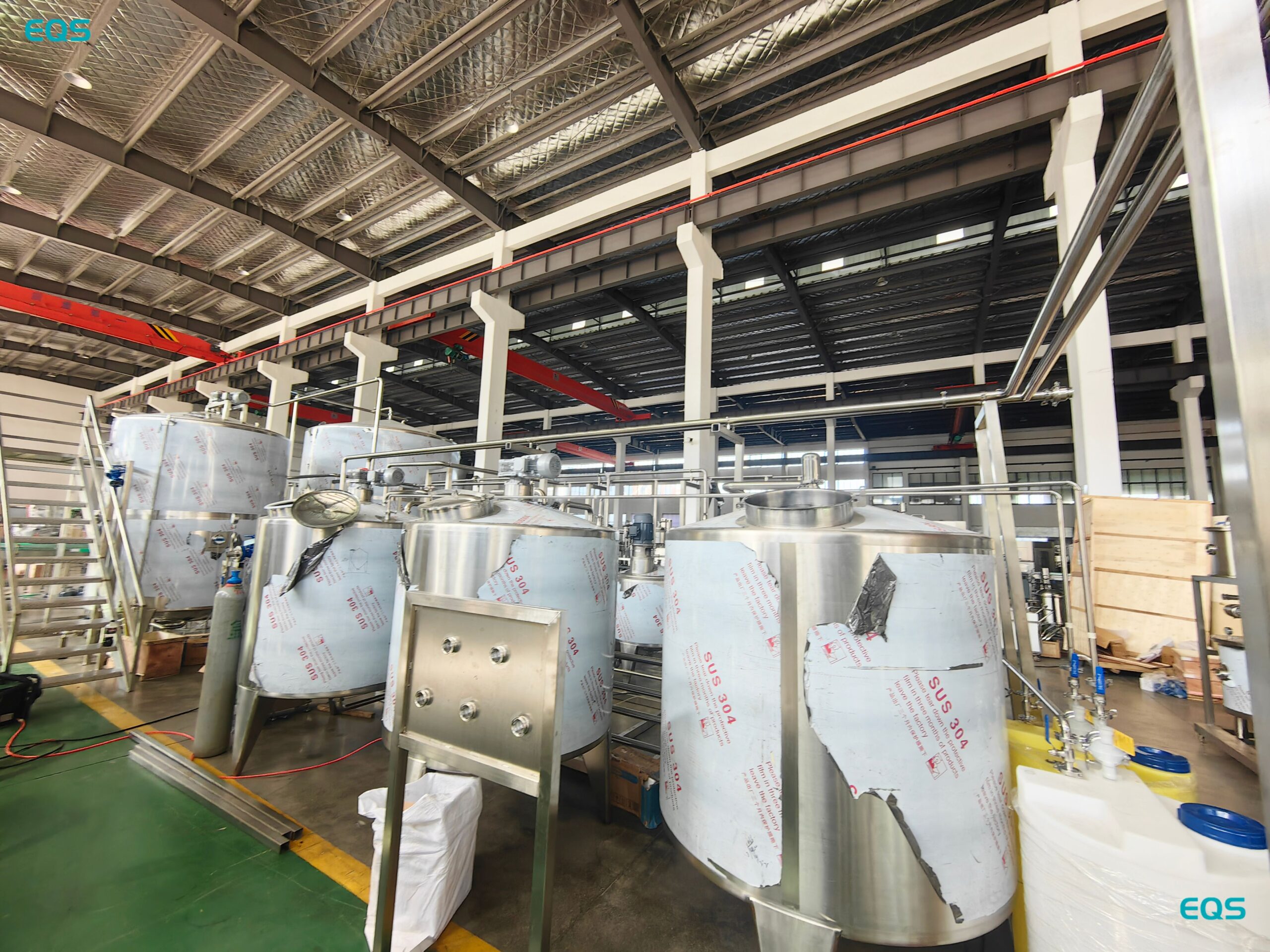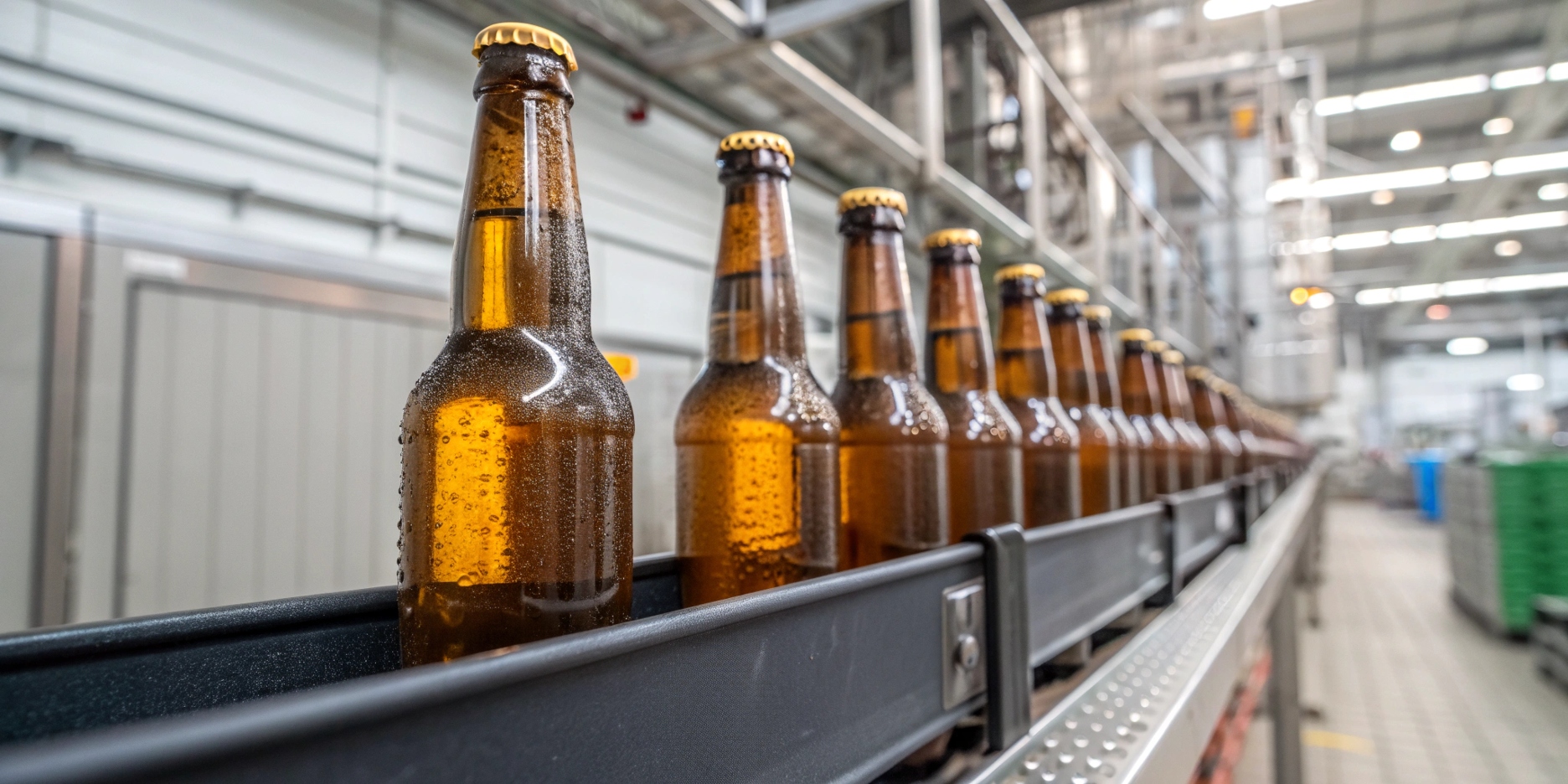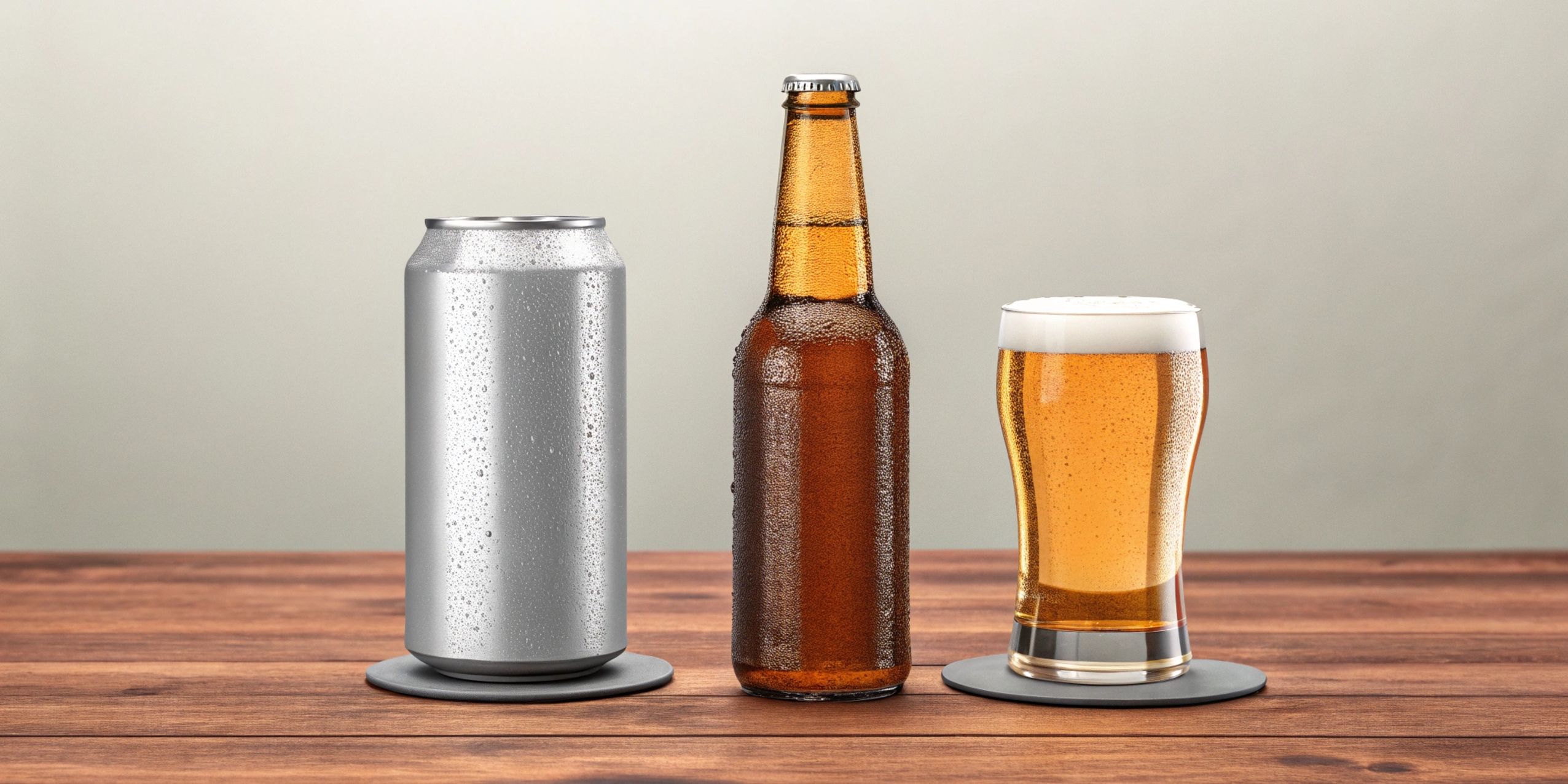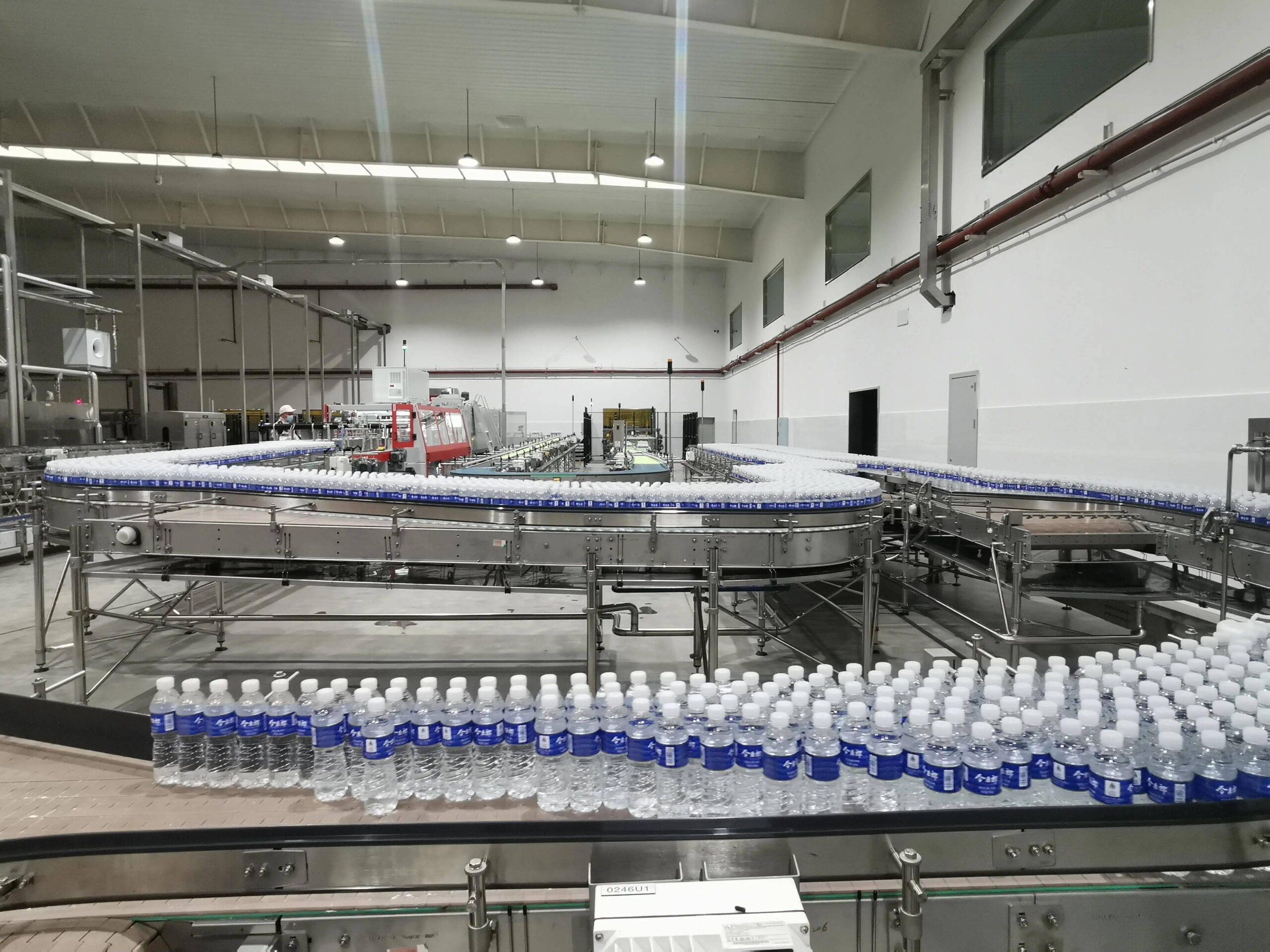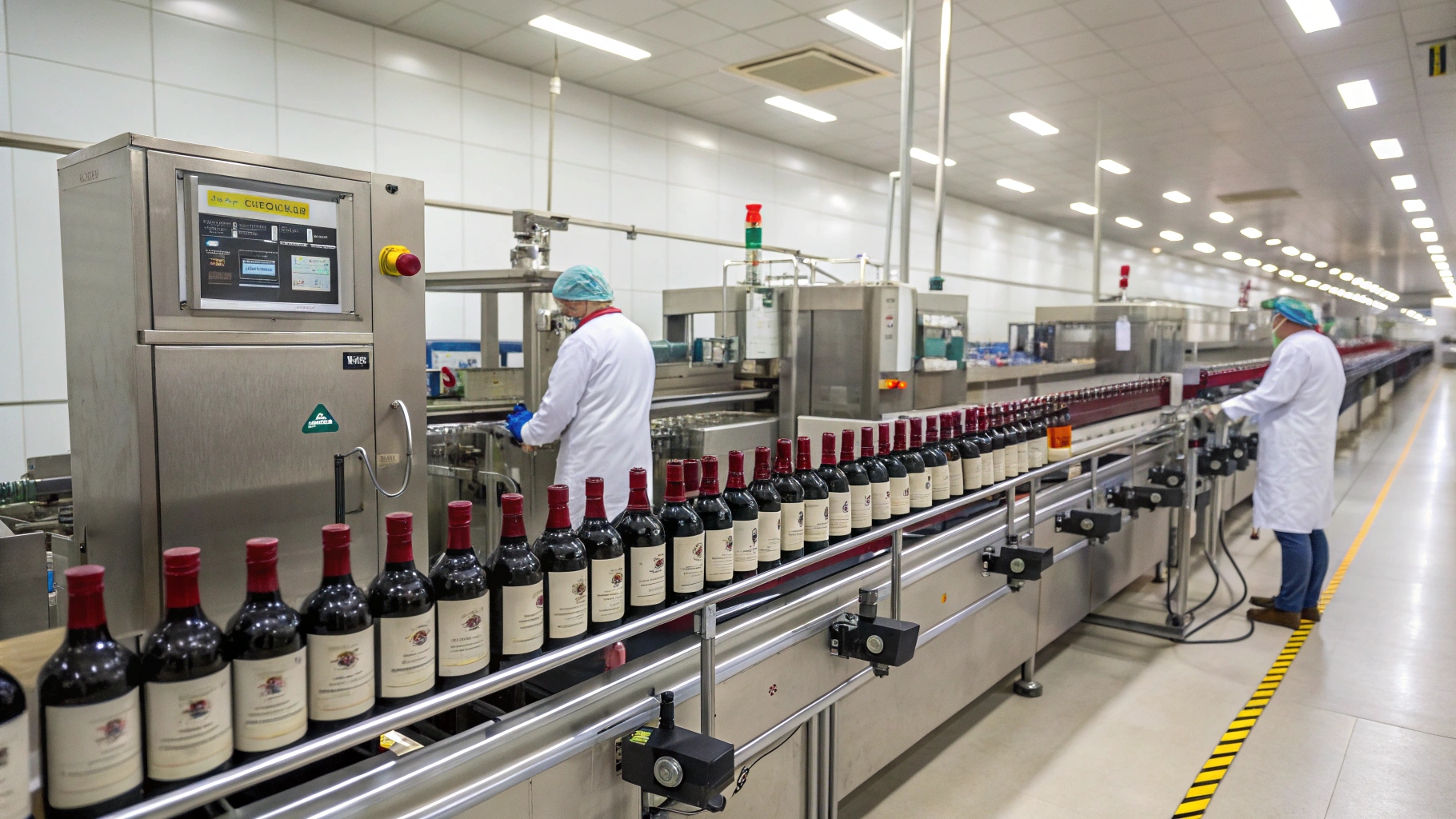Why Don’t All Beer Companies Use Twist-Off Caps?
Leading paragraph:
Ever struggled to find a bottle opener for your beer? Twist-off caps seem like the perfect solution, but why aren’t they universally used?
Snippet paragraph:
Not all beer companies use twist-off caps because the cost of capping beer with twist-off caps can be higher, their ability to withstand pressure is limited, and their sealing performance may not be as reliable as pry-off caps.
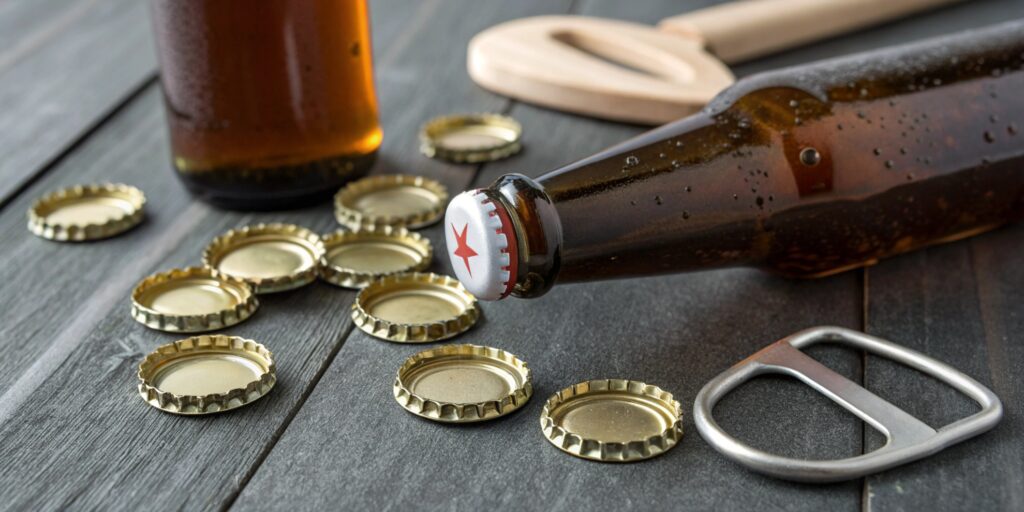
Transition Paragraph:
So, what’s the real story behind the beer cap? Let’s dive into the reasons why some breweries stick with traditional pry-off caps while others opt for the twist-off convenience.
Why do some breweries avoid twist-off caps?
Leading paragraph:
Imagine your favorite craft beer with a twist-off cap. Does it feel right? Some breweries avoid twist-off caps.
Snippet paragraph:
Some breweries avoid twist-off caps due to cost, a perception of lower quality, and concerns about sealing performance. The initial investment for twist-off capping equipment can be higher, and some believe pry-off caps provide a better seal.

Dive deeper Paragraph:
Let’s break down the reasons in more detail:
Cost Considerations
- Initial Investment: The machinery required for applying twist-off caps can be more expensive than that for pry-off caps. This can be a significant barrier, especially for smaller breweries or those just starting out.
Sealing Performance
- Reliability: Some argue that pry-off caps offer a more reliable seal compared to twist-off caps. A better seal can help maintain the freshness and carbonation of the beer, which is crucial for quality.
- Liner Compatibility: Sierra Nevada, for example, switched back to pry-off caps because they wanted to use a new, more effective crown liner that wouldn’t work with twist-off caps.
Consumer Perception and Brand Image
- Quality Association: Twist-off caps are often associated with mass-market beers, while pry-off caps are more commonly used by craft breweries. This perception can influence consumer choice, as some beer drinkers may view pry-off caps as a sign of higher quality.
- Tradition: Many craft brewers stick with pry-off caps simply because that’s what everyone else in the craft beer market does. It’s part of the craft beer "image."
| Factor | Pry-Off Caps | Twist-Off Caps |
|---|---|---|
| Cost | Lower initial equipment cost | Higher initial equipment cost |
| Sealing | Generally perceived as more reliable | Can be less reliable if not applied correctly |
| Consumer Perception | Associated with craft and higher quality beer | Often associated with mass-market beers |
Are twist-off caps less effective at maintaining beer quality?
Leading paragraph:
Does the type of cap really affect how long your beer stays fresh? Let’s look at it closely.
Snippet paragraph:
Twist-off caps can be as effective as pry-off caps if applied correctly, but they may be more prone to problems during transportation and storage due to a potentially less reliable seal. Pry-off caps are thought to provide a better seal.
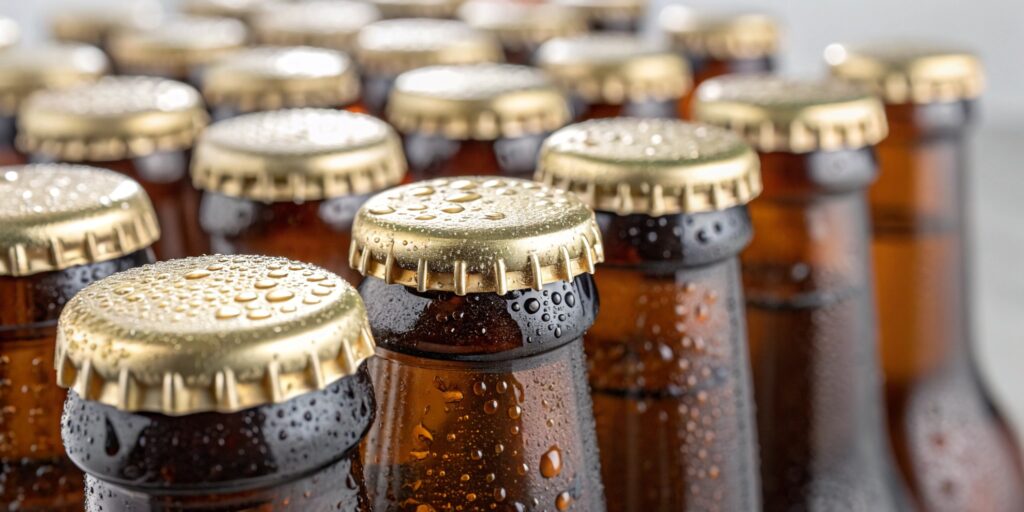
Dive deeper Paragraph:
Here’s a more in-depth look:
Sealing Differences
- Dual-Lip vs. Single-Lip Seal: Pry-off caps typically feature a dual-lip seal, while twist-off caps use a single-lip seal. The dual-lip design can provide a tighter, more secure closure, reducing the risk of oxygen ingress or carbonation loss.
- Application Sensitivity: Twist-off caps require precise application to ensure a proper seal. If the threads on the bottle or cap are not perfectly aligned, the seal may be compromised.
Impact on Beer Freshness
- Oxygen Ingress: A compromised seal can allow oxygen to enter the bottle, leading to oxidation and a stale flavor. This is particularly important for beers that are sensitive to oxygen, such as IPAs and other hop-forward styles.
- Carbonation Loss: A poor seal can also cause carbonation to leak out of the bottle, resulting in a flat, lifeless beer.
Real-World Examples
- Sierra Nevada’s Switch: As mentioned earlier, Sierra Nevada switched back to pry-off caps due to concerns about freshness and the desire to use a more effective crown liner. This decision highlights the importance some brewers place on sealing performance.
- Summit Brewing Company: Summit Brewing Company switched back to pry-off caps because customers found their twist-off caps too difficult to remove. This shows that ease of use is not the only factor to consider.
| Feature | Pry-Off Caps | Twist-Off Caps |
|---|---|---|
| Seal Type | Dual-lip (typically) | Single-lip (typically) |
| Application | Less sensitive to application imperfections | More sensitive to application imperfections |
| Freshness | Generally considered more reliable | Can be reliable if applied correctly, but risk of compromise is higher |
What are the specific advantages of pry-off caps?
Leading paragraph:
Beyond the debate, what makes pry-off caps a favorite for many brewers? Let’s explore the benefits.
Snippet paragraph:
Pry-off caps offer a reliable seal, can be more cost-effective for smaller breweries, and are often associated with a higher quality image, aligning with craft beer traditions. They are also well-suited for returnable bottles.
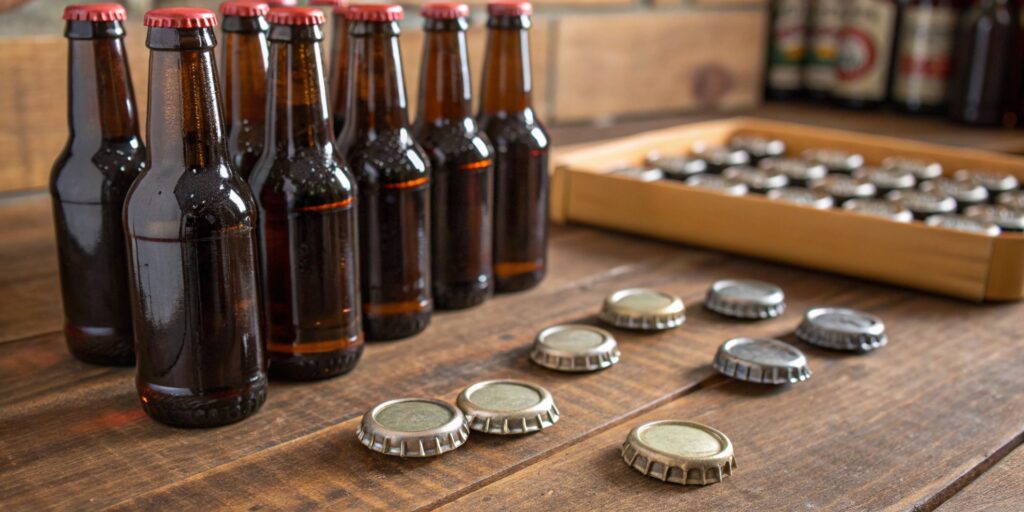
Dive deeper Paragraph:
Let’s break down the advantages of pry-off caps:
Superior Seal
- Tighter Closure: The dual-lip seal found in many pry-off caps provides a tighter closure, reducing the risk of oxygen ingress and maintaining carbonation.
- Less Prone to Loosening: Pry-off caps are less likely to loosen during packaging and transport compared to twist-off caps, ensuring a consistent seal from brewery to consumer.
Cost-Effectiveness
- Lower Initial Investment: The equipment required for applying pry-off caps is generally less expensive than that for twist-off caps.
- Cheaper Caps: Pry-off caps themselves may be slightly cheaper to purchase than twist-off caps, especially in smaller quantities.
Brand Image and Tradition
- Craft Beer Association: Pry-off caps are strongly associated with craft beer, signaling quality and tradition to consumers.
- Nostalgia: For some consumers, opening a beer with a bottle opener is part of the experience, adding a touch of nostalgia and ritual to the act of drinking beer. As someone who’s been in the packaging industry for years, I’ve seen firsthand how these small details can impact a brand’s image.
Returnable Bottles
- Durability: Pry-off caps are more suitable for returnable bottles because the bottle’s neck is less prone to damage from repeated application.
- Sustainability: Returnable bottles are a more sustainable option, reducing waste and environmental impact.
| Advantage | Description |
|---|---|
| Superior Seal | Dual-lip design provides a tighter closure, reducing oxygen ingress and maintaining carbonation. |
| Cost-Effectiveness | Lower initial investment for equipment and potentially cheaper caps. |
| Brand Image | Strong association with craft beer, signaling quality and tradition. Adds a sense of ritual and nostalgia for some consumers. |
| Returnable Bottles | More suitable for returnable bottles, as the bottle’s neck is less prone to damage from repeated application. |
Conclusion
Ultimately, the choice between twist-off and pry-off caps depends on a brewery’s specific needs and priorities. Both options can effectively seal a beer bottle!

